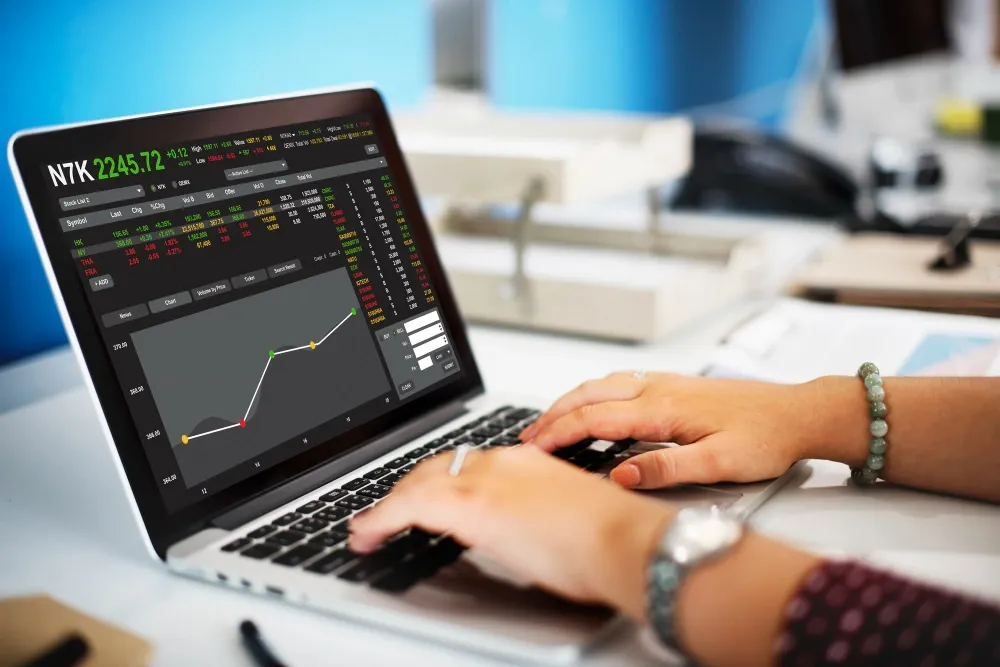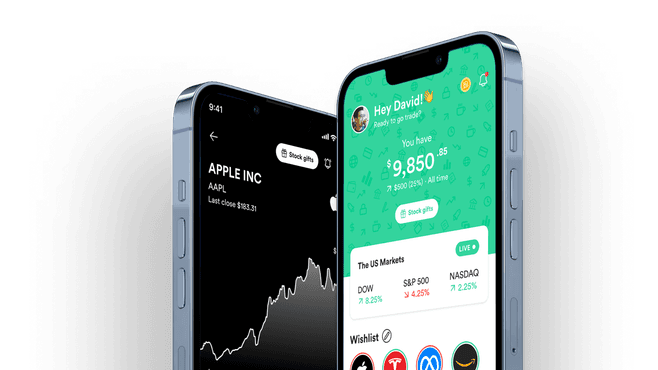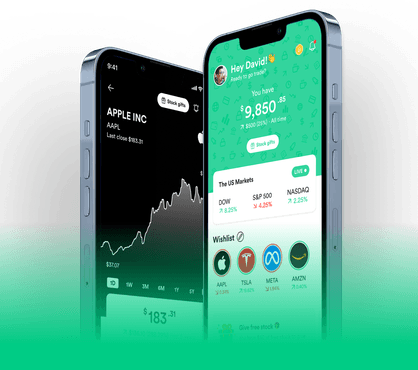In trading, numbers don’t always tell the full story. Prices often move because of how people feel — fear, greed, and overconfidence drive much of the market’s behavior.
That’s where behavioral finance comes in: the study of how psychology influences financial decisions. By understanding it, traders can recognize emotional traps, stay rational, and make smarter moves.
What Is Behavioral Finance?
Behavioral finance combines psychology and economics to explain why investors act irrationally. While traditional finance assumes people make logical decisions, real markets prove otherwise — emotions and cognitive biases often interfere.
In trading, these biases lead to mistakes like overtrading, chasing trends, or ignoring warning signals. Recognizing them is the first step toward control.
According to Investopedia, behavioral finance helps explain events like market bubbles, panic selling, and momentum rallies — all driven by collective emotion rather than logic.
Why It Matters for Traders
Understanding behavioral finance helps traders:
- Make objective, data-based decisions.
- Stay calm during market volatility.
- Manage risk more consistently.
- Avoid following the crowd blindly.
In short, trading success depends as much on mindset as on strategy.
Common Behavioral Biases in Trading
1. Overconfidence Bias
After a few wins, traders may believe they can’t lose — leading to oversized positions and ignored stop-losses.
Fix it: Treat every trade as uncertain. Stick to position limits and written plans.
2. Confirmation Bias
Traders often seek opinions that match their beliefs while ignoring the opposite.
Fix it: Read multiple perspectives and challenge your own assumptions before entering a trade.
3. Loss Aversion
People hate losing more than they enjoy winning. Many hold bad trades too long, hoping for recovery.
Fix it: Accept small losses early. Use stop-loss orders and focus on long-term probability.
4. Herd Mentality
Following hype or trending stocks without analysis often leads to buying at the top.
Fix it: Build conviction based on research, not social sentiment or FOMO.
5. Anchoring Bias
Fixating on past prices or “ideal” entry points can cloud judgment.
Fix it: Reevaluate positions using updated data, not past reference points.
6. Recency Bias
Assuming that recent trends will continue can cause overconfidence in short-term momentum.
Fix it: Zoom out — study long-term charts for a fuller market perspective.
Emotional Traps Traders Fall Into
Even seasoned traders face emotional pitfalls like:
- FOMO (Fear of Missing Out): Entering trades too late.
- Revenge Trading: Trying to recover losses impulsively.
- Euphoria: Overtrading after a winning streak.
- Fear: Exiting good trades too early.
The best traders manage emotions instead of reacting to them.
How to Build Psychological Discipline
Behavioral finance isn’t just theory — it’s about applying habits that strengthen mental control.
- Keep a Trading Journal: Record trades, emotions, and lessons. You’ll discover personal patterns over time.
- Use Checklists: Confirm signals, stop-losses, and mindset before executing.
- Set Rules: Define risk and reward in advance to eliminate guesswork.
- Take Breaks: Step away from the screen when stressed — clarity comes from distance.
- Practice Mindfulness: Staying calm improves decision-making under pressure.
The most consistent traders aren’t emotionless — they’re self-aware.
Behavioral Finance in Action
Market bubbles and crashes perfectly illustrate behavioral finance.
During the dot-com boom, optimism and herd mentality drove valuations far beyond reality. When the bubble burst, loss aversion caused panic selling — proving that collective psychology can move markets more than fundamentals.
These cycles keep repeating because human behavior rarely changes. Smart traders study both charts and crowd emotions.
Key Lessons from Behavioral Finance
- You can’t eliminate emotion, but you can manage it.
- Knowing your biases helps prevent impulsive decisions.
- Staying disciplined and data-driven leads to consistent performance.
- The market is unpredictable — your reaction is what matters most.
Conclusion
Behavioral finance shows that trading is a mental game as much as a financial one. Recognizing emotional biases — from fear and greed to overconfidence — helps traders make more rational decisions and manage risk effectively.
At the end of the day, you can’t control the market, but you can control yourself.
FAQ
1. What is behavioral finance?
It’s the study of how psychology and emotion affect investor and trader decisions.
2. Why is behavioral finance important for traders?
It helps traders recognize emotional biases that lead to impulsive trades or poor risk management.
3. Can traders remove emotion completely?
Not entirely, but awareness and discipline reduce its impact.
4. What’s the biggest emotional mistake traders make?
Overconfidence and FOMO — both often lead to significant losses.
Disclaimer
Gotrade is the trading name of Gotrade Securities Inc., which is registered with and supervised by the Labuan Financial Services Authority (LFSA). This content is for educational purposes only and does not constitute financial advice. Always do your own research (DYOR) before investing.











